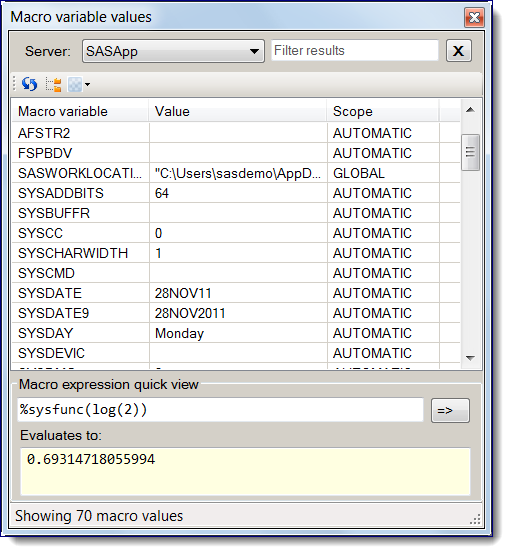
If you use SAS macro variables in your programs (who doesn't?), then the SAS Macro Variable viewer is immensely useful to see current macro var values.

If you use SAS macro variables in your programs (who doesn't?), then the SAS Macro Variable viewer is immensely useful to see current macro var values.
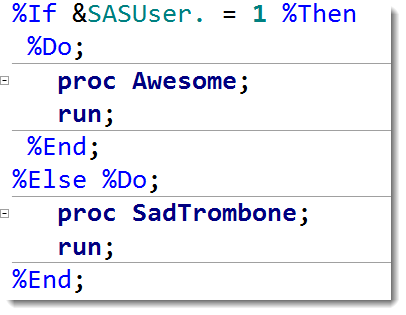
SAS programmers have long wanted the ability to control the flow of their SAS programs without having to resort to complex SAS macro programming. With SAS 9.4 Maintenance 5, it's now supported! You can now use %IF-%THEN-%ELSE constructs in open code. This is big news -- even if it only

I've been working on a SAS program that can add content to the SAS Support Communities (more on that in a future post). Despite my 20+ years of SAS experience, there are a lot of SAS programming tricks that I don't know. Or that I use so infrequently that I
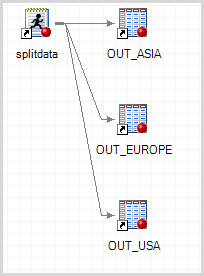
Back in the day when the prison system forced inmates to perform "hard labor", folks would say (of someone in prison): "He's busy making little ones out of big ones." This evokes the cliché image of inmates who are chained together, forced to swing a chisel to break large rocks

Has this ever happened to you? You have a SAS program with statements that you wrote, then you make use of a macro function or %include file supplied by a helpful colleague, and when your SAS code resumes, you find that all of your SAS titles have been changed out

A couple of years ago I shared a method for copying any file within a SAS program. It was a simple approach, copying the file byte-by-byte from one fileref (SAS file reference) to another. My colleague Bruno Müller, a SAS trainer in Switzerland, has since provided a much more robust

One of the great things about SAS libraries is that you can write your programs to read and write data without having to worry about where the data lives. SAS data set on a file system? Oracle table in a database server? Hadoop data in Hive? For many SAS applications,

A few months ago I released the Copy Files task for use with SAS Enterprise Guide. The task allows you to transfer any files between your PC and a SAS Workspace session, much like an FTP process. It doesn't rely on FTP though; it uses a combination of SAS code,

You might know about the many automatic macro variables that are available in SAS. They provide plenty of information about the SAS environment, such as the current user (SYSUSERID), the SAS version (SYSVER and SASVLONG), and the operating system where SAS is running (SYSCP and SYSCPL). That information is often
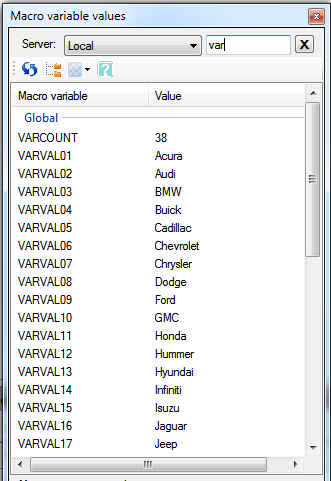
Earlier this week I described a common programming pattern in the SAS macro language. The pattern sets up a loop for processing each distinct value of a classification variable. The program uses the PROC SQL SELECT INTO feature to populate SAS macro variables. The effect: you can roll your own
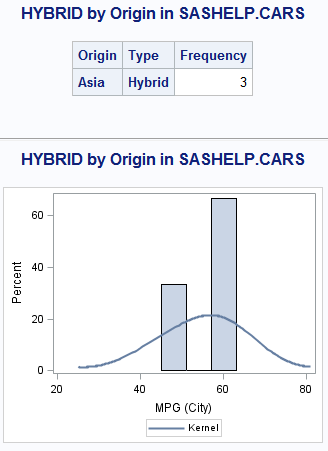
How to write a SAS macro program to repeat your SAS processing for each value of a BY grouping variable.
A well-formed WHERE statement or subsetting IF can narrow down the output of your SAS DATA step. The SAS log does a good job of telling you how many records were processed by the action. For example, let's look at this simple DATA step with my "poor man's random sample",